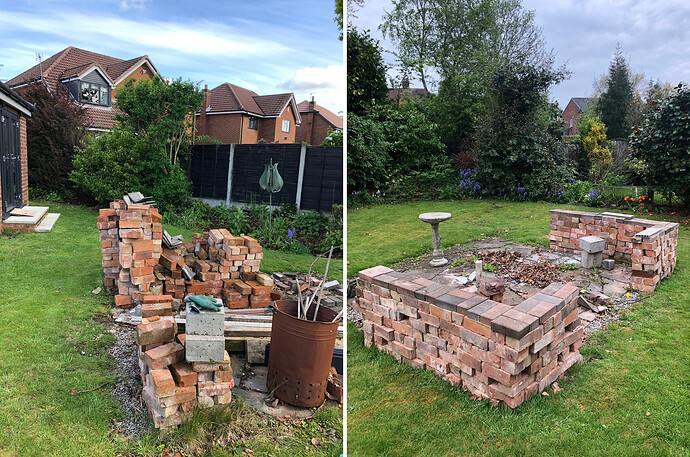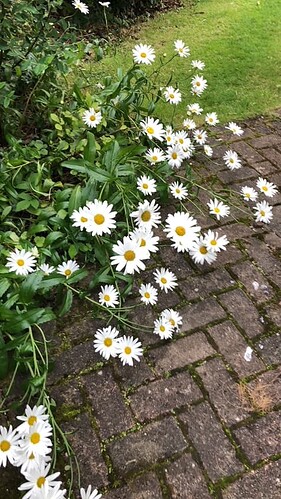In my experience, it is not so much vegetable peelings which attract vermin to the compost heap or composter, but rather that the insulating compost provides a warmish, dryish space in which they enjoy living. (And if it is an open heap on earth, they seem to enjoy burrowing into the soil below it too.) I often find burrows in and below my open heaps, even when no vegetable peelings are incorporated, and especially when they are covered, so are protected from the rain.
The Environment Act 2021 introduces mandatory collection of all recyclable waste including food waste, by Local Authorities (LAs), over the next few years. So in due course your authority will provide you with a container for its collection. But many LAs are committed to waste collection contracts which can only be changed on their expiry, so it will take some years for food waste collection to reach all LA areas (such as ours).
Our local authority here in Leicestershire provide a useful decision tree to determine which type of composter is best for you. In your situation they recommend any cool composter such as you probably already have should be OK, if the only food waste you have is vegetable peelings, and from which by implication they suggest vermin don’t need to be excluded.
If you feel that it may be the peelings rather than the insulating, dry compost habitat which is attracting them however, a vermin-proof hot composter such as the £135 Green Johanna is best on a level spot in partial shade, takes all food waste (except bones) as well as garden waste, and could be used alongside your current bin if your garden and kitchen produce enough waste for two bins (and you have room for them), or instead of if not. Full instructions here.
Alternatively if you have a sunny spot on reasonably deep soil, you could consider a Green Cone which sells at around £115 plus, and is vermin-proof. Although again I have no personal experience of using one, it would allow you to recycle (by composting) all your food scraps and would only need emptying every few years. It has a wire mesh base, and most of the waste rots down into a nutrient-rich liquid which passes through the mesh into the soil below; so a spot next to some deep-rooting and nutrient-hungry vegetables is said to be especially rewarding, as they will lap up those nutrients and flourish bountifully. Quite a wide, round, 42-cms-deep hole needs to be dug for it, but it stands less than 70 cms above ground once installed.
Alternatively a wormery might suit if you have a level, shady spot for it, but might need to be sheltered in an outhouse in winter. They cost from around £50. And green leafy veg waste such as cabbage leaves might need to be put in the garden waste bin rather than the wormery if in large quantity, as the worms don’t like too much of that in our experience, due to the ammonia which green leafy material can produce. A wormery does take a bit of careful management.
A third option for food waste alone is a Bokashi bin with which I am not familiar, but which is a well-established system too.
You might find that your unwelcome guests are still attracted to your original garden waste composter of course. Neither the Green Cone, Bokashi bin nor any wormeries are designed to take garden waste, so you’d certainly still need your garden compost system with those.
Overall, if you have a local (volunteer) Master Composters group, one of them may be able to advise on your particular circumstances either by means of a visit or by telephone (and free of charge).

